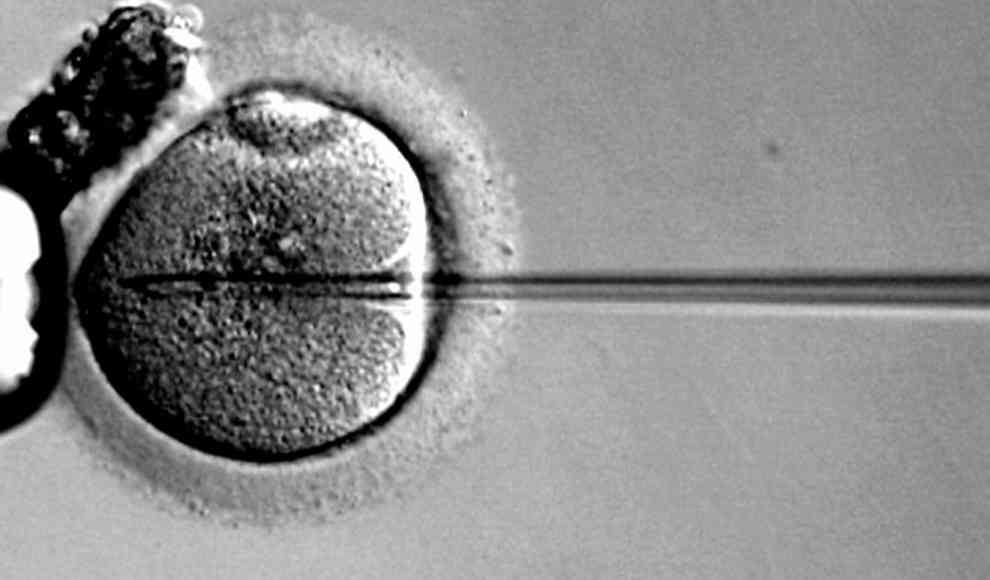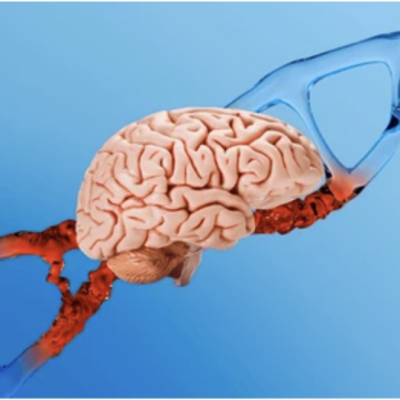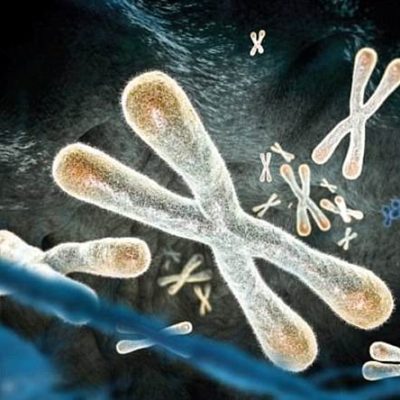In a groundbreaking development, American scientists have created embryos that carry the genetic material of three adults. This technique could potentially eliminate certain genetic diseases before birth. However, it remains uncertain whether this method will ever be used on humans.
Typically, a child inherits half of its genetic material from the mother and half from the father. However, the balance is slightly skewed because the mitochondria, which are the powerhouses of the egg cell, contain additional genetic information from the mother. As a result, a child always carries slightly more genetic information from the mother than from the father. Mitochondrial diseases, also known as mitochondrial disorders, are caused by genetic defects in the mitochondria and can lead to various illnesses such as kidney failure or epileptic seizures. Researchers estimate that one in every 5,000 to 10,000 children suffers from a mitochondrial disorder.
To address this issue, American scientists have created human embryos in the laboratory that carry genetic material from the nucleus of a woman and a man, as well as mitochondria from a second woman. This means that the child carries the genetic code of three people. Researchers believe that this technique could potentially eliminate mitochondrial disorders. However, the current research is still in its early stages and is purely experimental.
To create an embryo, scientists need two eggs from different women. They remove the entire nucleus from one egg and replace it with the nucleus from the second egg. The resulting egg is then fertilized with sperm. If a woman is found to carry mitochondrial disorders, doctors could replace her mitochondria with those of a healthy woman. While experiments on human embryos and rhesus monkeys have been successful so far, there are still ethical concerns surrounding the creation of a child with three biological parents.
In conclusion, the creation of embryos with genetic material from three adults is a significant development in the field of genetics. While it has the potential to eliminate certain genetic diseases, it also raises ethical concerns. Further research is needed to determine the safety and effectiveness of this technique before it can be used on humans.










